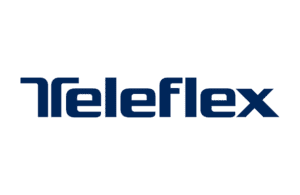 Teleflex (NYSE:TFX) today announced its Manta vascular closure device received Health Canada approval.
Teleflex (NYSE:TFX) today announced its Manta vascular closure device received Health Canada approval.
Wayne, Pennsylvania-based Teleflex designed the Manta biomechanics vascular closure device for large bore femoral arterial access site closure.
“Our team has been working diligently to obtain this approval and were confident that Health Canada would recognize the benefits of the Manta device,” said Scott Holstine, president and GM of Teleflex’s interventional business unit. “We have had great success with the Manta Device since the launch of the product in 2016 with over 100,000 patients treated worldwide. Our team is thrilled that this milestone allows us to now offer this innovative solution to patients in Canada and further fulfill this significant and previously unmet clinical need in the structural heart and endovascular space.”
The device comes in 14 Fr and 18 Fr sizes to reduce time to hemostasis following the use of 10-20 Fr devices or sheaths in endovascular catheterization procedures. In one prospective multi-center, single-arm trial, Manta successfully demonstrated fast, reliable biomechanical closure with rapid hemostasis with all primary and secondary endpoints met.
“In a selected population of patients, this study demonstrated that the Manta VCD can safely and effectively close large bore arteriotomies created by current generation TAVR, PEVAR, and TEVAR devices,” said David Wood, co-principal investigator on the trial and director of the UBC Centre for Cardiovascular Innovation in Vancouver.
“Innovations like the Manta device contribute to time-efficient care in busy operating rooms and cardiac catheterization laboratories,” Chris Buller, medical director of Teleflex’s interventional business unit, said. “Moreover, when used by operators fully trained in Manta device deployment, the device achieves state-of-the-art results with respect to prevention of complications attributable to the large-bore vascular access site.”